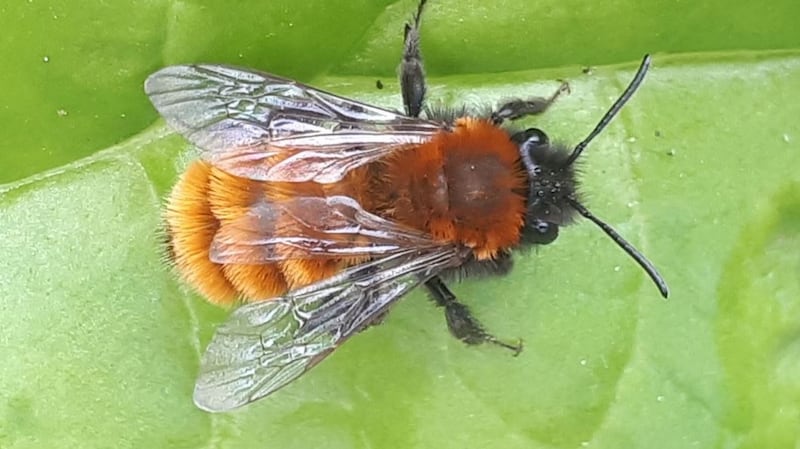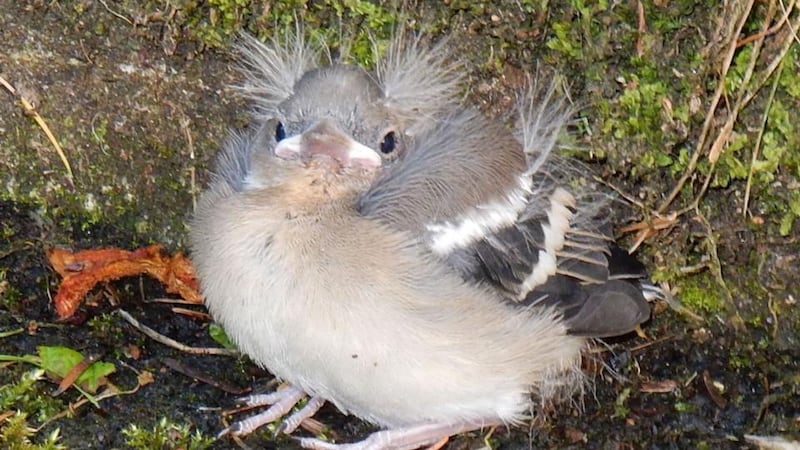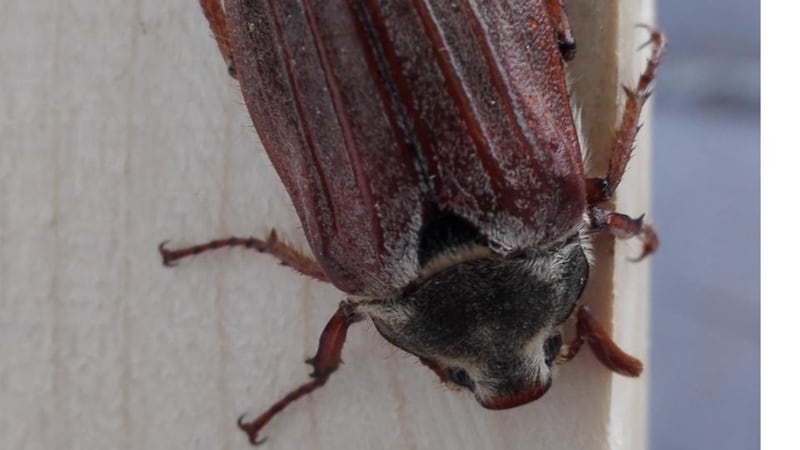I found this spider on wood that had been buried in my vegetable patch. It had striking colours, red and cream, and was 8-10mm long. Is the cream abdomen due to it being full of eggs?
Eoin Meany, Clontarf, Dublin
That is a woodlouse spider and the abdomen is its natural shape and colour, not eggs. It hunts by night and has huge fangs to capture woodlice.
I was walking on a marshy hillside in west Wicklow and came across a patch of these plants.

Simon Williams, TCD, Dublin 2
They are common butterwort Pinguicula vulgaris, an insectivorous plant that grows in marshy places. It has beautiful blue/purple flower.
Tom and I watched two black crows flying in and out of the tree where the magpies were making a great commotion. After about two minutes of uproar one of the crows flew out of the tree with a magpie chick still alive in its beak. Then a minute later the other crow flew out with another live chick. For 20 years here the magpies and crows seemed to live in some sort of harmony, but not any more.
Therese Gumbrielle, Clontarf, Dublin 3

This furry bee has been buzzing around our gooseberry and rhubarb. So many hoverflies, bees and bumblebees appear once the sun is out.
Jonathan Sexton, Bray, Co Wicklow
It is one of the solitary bees, the female tawny mining bee. It feeds on gooseberry and currant flowers in spring and makes a nest in the ground.

I spotted this fledgling chaffinch while cleaning the avenue, and saw two more further along. The parents were nearby and keeping a close eye on them.
Maurice Simms, Lifford, Co Donegal

Bill Nelson sent this photo of a cockchafer beetle, the Maybug. We had the larva last week.
Ethna Viney welcomes observations and photographs at Thallabawn, Louisburgh, Co Mayo, F28F978, or by email at viney@anu.ie. Include a postal address.













